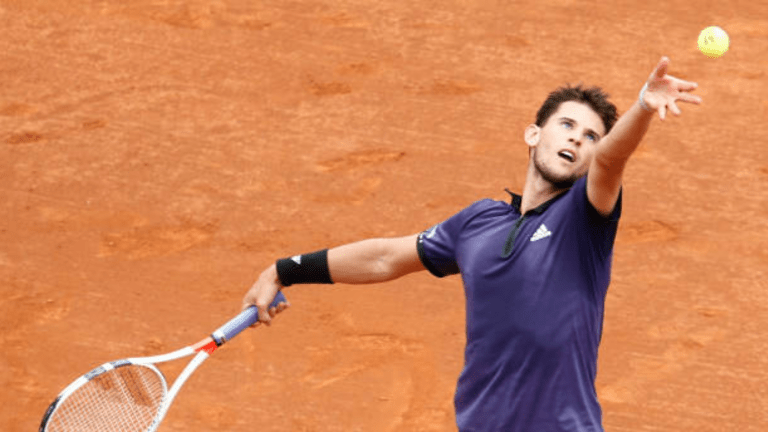You’ve probably heard the saying, “You’re only as good as your second serve.” With the way players return the ball these days, it’s truer than ever. If you don’t have a reliable and strong second delivery, you’re not going to win many matches.
A good second serve requires courage. No one wants to double fault, but if you don’t start going for second serves at an early age, you’ll only succeed in training your muscles—and your mind—for failure. You need to hit the ball, not pat it over the net.
Bravery comes with having sound technique. If you practice hard enough and do it the right way, you’ll trust your second serve when you find yourself in a tense match. Just follow these five steps.
1
Use the proper grip
A Western grip might work for banging forehands, but you can’t master the second serve with it. Instead, use a Continental grip, where the “V” created by your thumb and forefinger is on top of the handle (when the racquet head is perpendicular to the ground). Or, go one step further and use an Eastern backhand grip, where the base knuckle of your index finger is on top of the grip. These grips allow you to add upward momentum to your swing and brush up on the ball for topspin—or “kick”—so you can hit the ball higher over the net and dip it into the service box.
2
Stayloose
Don’t strangle your racquet handle: a firm grip will prevent you from brushing up on the ball. If you have trouble with this, exaggerate a loose grip during practice by dangling your pinky finger off the handle, or holding the racquet with just your thumb and index finger.
3
Hit up and out
When you serve, you shouldn’t hit the ball straight or down, even though the net is much lower than your contact point. You need to hit up so you can impart topspin. To do this, toss the ball slightly farther to the left than usual (to the right for left-handers) and hit up from 7 to 1 o’clock (5 to 11 o’clock for lefties) on the back of the ball. It’s a baffling concept for many junior players, but an important one to master.
